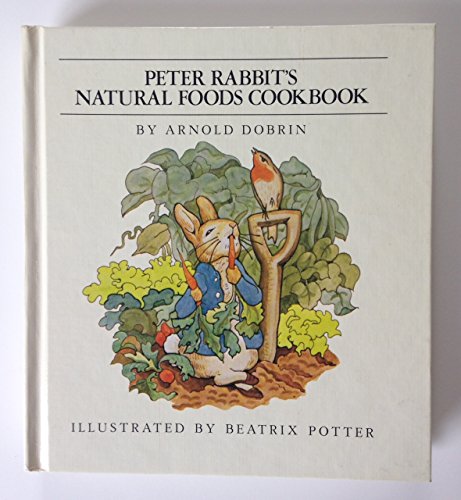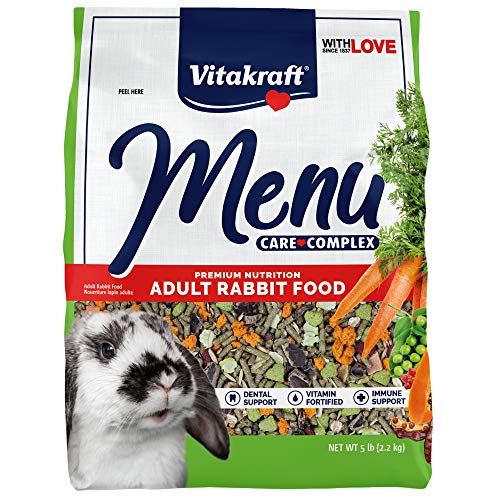Wanting to give some branches and leaves for chewing on. But I am finding conflicting info about what kinds of trees would be safe. Some are listed safe one place and toxic another unless it has been dried for a certain period of time. So that has me paranoid about the safe lists. LOL.
So I am asking the experts. I want to know what is safe to give green - right off the tree. Here is a list of trees we have on the place:
Live oak
Post oak
Red oak
Mesquite
Cottonwood
Piss Elm
Pecan
Sumac
Sage(actually a bush)
Also would like to know about Mustang grape vines or leaves and green briars (saw one nibbling leaves off a baby briar that snuck into the play area)
So I am asking the experts. I want to know what is safe to give green - right off the tree. Here is a list of trees we have on the place:
Live oak
Post oak
Red oak
Mesquite
Cottonwood
Piss Elm
Pecan
Sumac
Sage(actually a bush)
Also would like to know about Mustang grape vines or leaves and green briars (saw one nibbling leaves off a baby briar that snuck into the play area)






















































